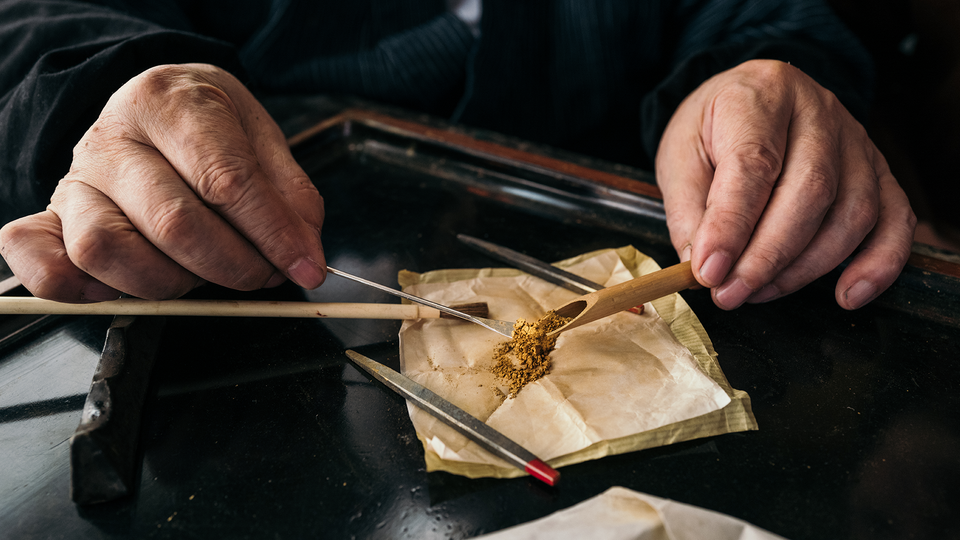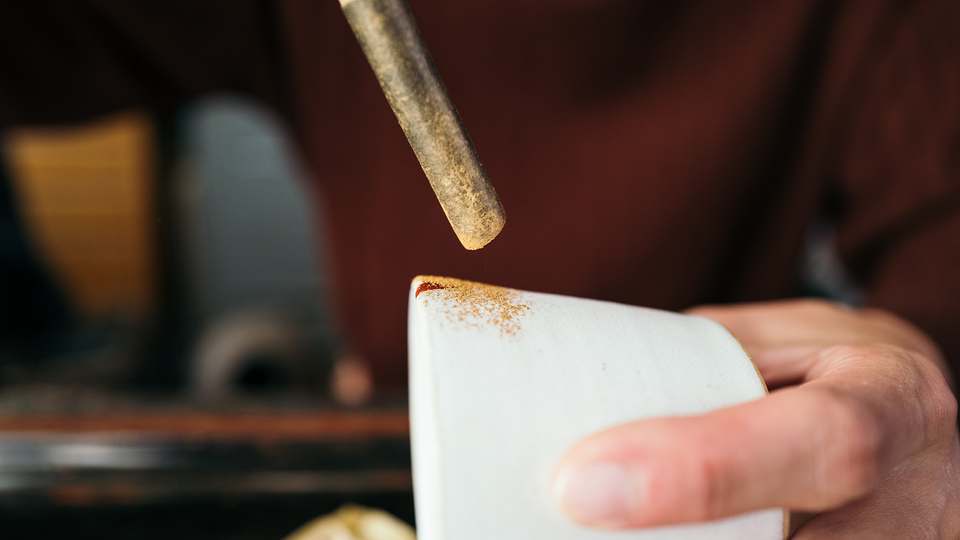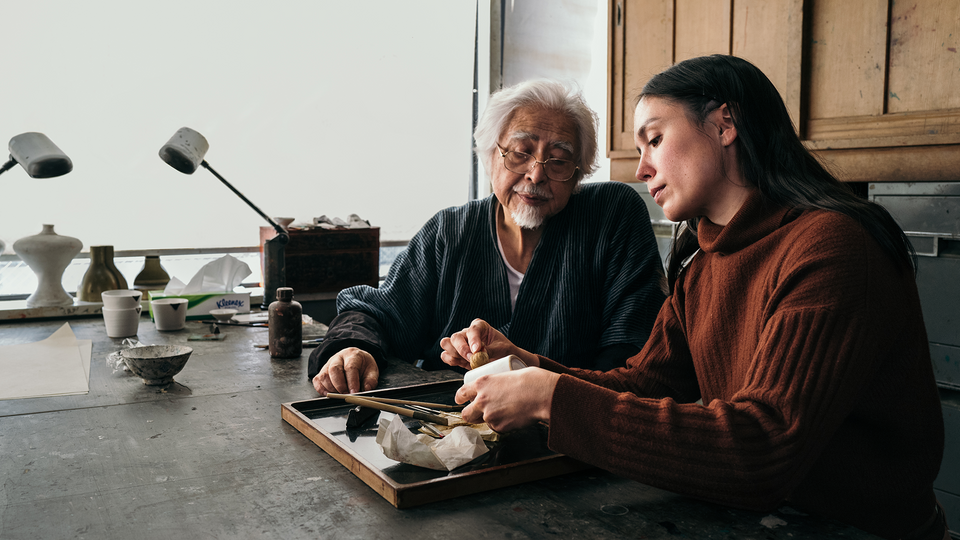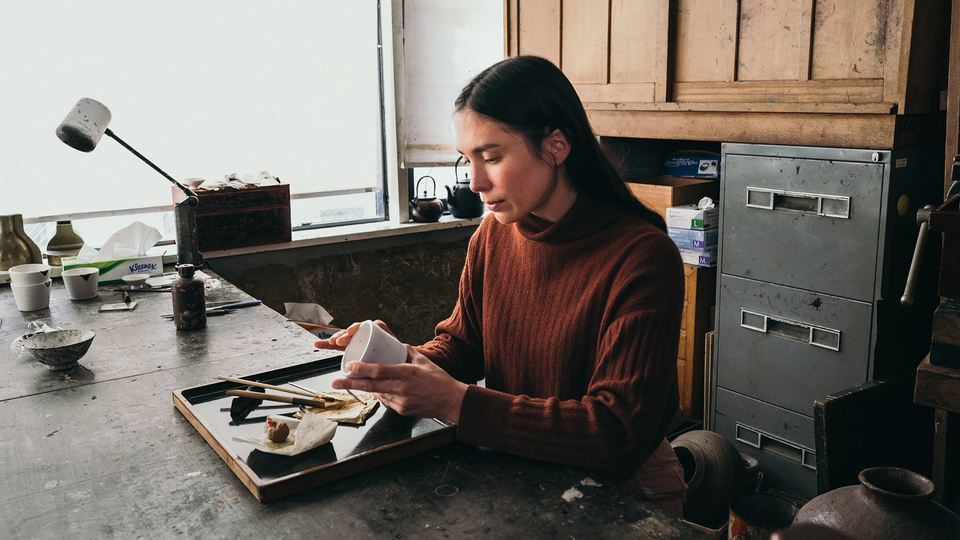From Kintsugi to Tsuiki: Lessons from Japanese craft masters
A NEW WAY TO EXPLORE JAPAN
Japan-based writer Ally Hongo finds treasured stories and lessons from Japan’s craft masters and contemporary makers. In the age of glorifying perfection, a group of Japanese craftsmen remind us that true aesthetics can lie in our imperfections and ability to transform struggles into new forms of life.
In the dimmed atelier of the master’s studio, once-shattered tea bowls glint as they catch the light. Large enough to hold with both hands, the bowls are adorned with long, occasionally intertwined lines of gold.
“They’re beautiful because they have a story.”
My thoughts are suddenly interrupted by renowned kintsugi master Showzi Tsukamoto, the man behind the creation of the bowls. For the past five decades, here in his studio in central Tokyo, Tsukamoto has been restoring Japanese pottery in the authentic manner of kintsugi, the art of joining broken pieces with lacquer and adorning them with gold. Over the years, he has also welcomed hundreds of international travellers willing to deepen their understanding of the kintsugi art through his workshops and master classes.
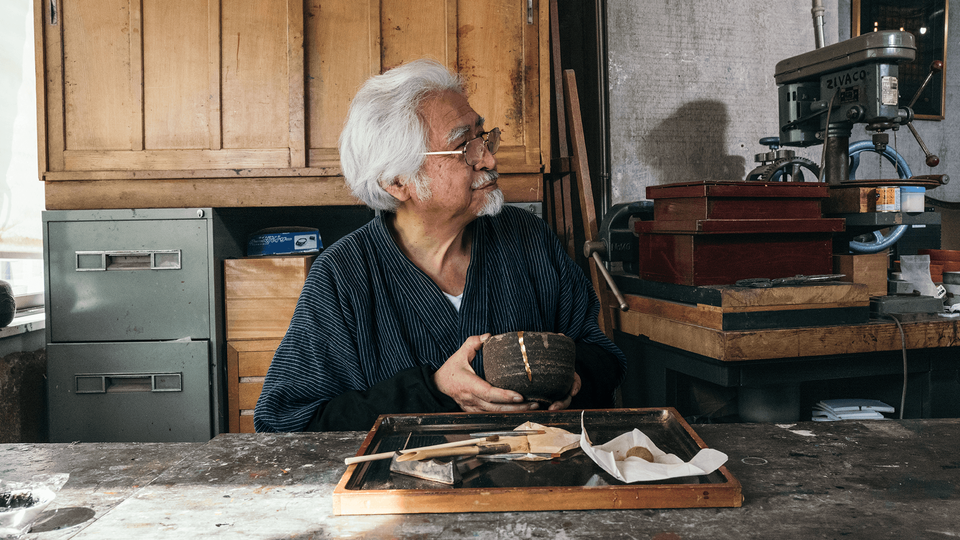
Showzi Tsukamoto, master of kintsugi who has perfected the approach to maki-e (Japanese lacquer decoration).
For Tsukamoto, however, more than creativity, kintsugi is a life philosophy of appreciation and acceptance that crosses borders, time and generations, he says.
Turning ‘cracks’ into unique stories
“Kintsugi helps us find an indication of our unique history.”
Tsukamoto points to a photo of a plate with numerous golden strokes holding it together. The disjointed pieces of the plate were brought to him by a survivor of the 2011 earthquake whose house was washed away in the tsunami that followed. “Joining the plate together became proof of her life in that house, giving her some comfort,” Tsukamoto recalls. “Kintsugi allows us to give a new life to sentimental objects and find peace with life.” The art’s philosophy, he suggests, can be applied to anything in life.
The early foundations of kintsugi are believed to have started in 16th Century Japan at the time of Oda Nobunaga, a leading daimyo lord of the Sengoku (warrior) period. Famous for his fondness of chanoyu, the high-end tea culture of the time, Nobunaga was a collector of expensive pottery, which he would strategically use in political exchanges. Mending the pottery, however, required skilled artisanal labour. This became the work of maki-e (“sprinkled pictures”) artisans, who began painting the broken parts with lacquer and sprinkling them with gold. Over the years, kintsugi has taken various forms and shapes. Today, Tsukamoto is one of the few remaining practitioners of the maki-e approach to kintsugi.
Inclined to learn directly from the master, I join a one-day workshop at Tsukamoto’s atelier to observe the kintsugiprocess. Tsukamoto hands me a cracked soba cup and tools to breathe new life into it. The process begins with carefully polishing up the damaged area, then filling it with a mix of urushi tree sap (Japanese lacquer) and binding flour. The cup is left to dry and harden in a humidified wooden box. Once hardened, the broken part is meticulously polished with a filing tool until flattened, followed by several layers of lacquer application. The final touch is the careful sprinkling of golden powder on the scarred part.
Buried in the pace of city life, the first few minutes of Tsukamoto’s workshop are interrupted by thousands of competing thoughts. “Focus”, Tsukamoto says firmly, bringing me back on track. “Slowly and patiently,” he adds.
Listening to Tsukamoto explain kintsugi, urging me to treat each step with extra care, resonated on a deeper emotional level. The deeper I concentrate on each step, the more the process starts to relax my busy mind. There is silence, followed by a sense of peace. While waiting for the lacquer to harden, Tsukamoto serves green tea and takes a moment to reflect on our experience.
“We tend to hide our imperfections, wrongly assuming they shame us.”
The kintsugi philosophy of embracing imperfection and scars resonates with many across the globe, as Tsukamoto observed throughout his years of working with prominent overseas brands, including Louis Vuitton and Chanel, as well as international museums and students. “Taking pride in one’s imperfections offers peace of mind. The greatest lesson from kintsugi is that we can deal with misfortunes by turning them into something more beautiful”. By doing so, he adds, we build our own unique stories.
Kintsugi for social change
In Japan’s Tohoku region, a group of women have adopted the philosophy of kintsugi as a way to revitalise the local communities that were impacted by the devastating 2011 disasters. Believing in “beauty in brokenness”, the Nozomi Project, now in its 11th year, was led by American Sue Plumb Takamoto to find a new purpose for the thousands of broken ceramics left behind in the disaster. The project crafts beautiful jewellery and other objects from broken pottery and sells them worldwide, creating a healing journey for those affected.


